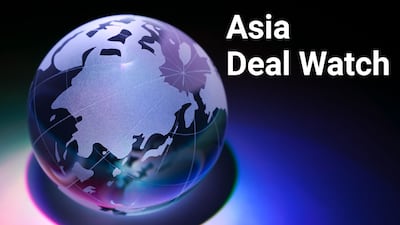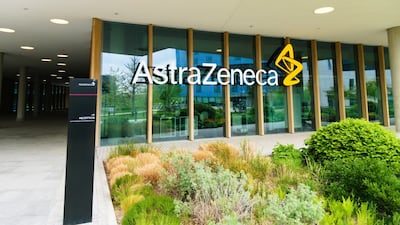Developing antibody therapeutics, out-licensing the drugs to larger companies and collecting royalty revenue from the resulting commercial products has been a lucrative business for Genmab. However, for years the company has been working towards the goal of developing medicines entirely on its own and 2024 was a transformative year in that regard. Now the antibody specialist aims to execute another deal in 2025 that could continue its evolution.
Key Takeaways
- Genmab has transitioned from primarily out-licensing its antibody candidates to co-developing and co-commercializing them, and now aims to bring forward wholly owned assets on its own.
Scrip spoke with Genmab chief medical officer Tahamtan Ahmadi at the J.P. Morgan Healthcare Conference in January about key milestones...
Read the full article – start your free trial today!
Join thousands of industry professionals who rely on Scrip for daily insights
- Start your 7-day free trial
- Explore trusted news, analysis, and insights
- Access comprehensive global coverage
- Enjoy instant access – no credit card required
Already a subscriber?








